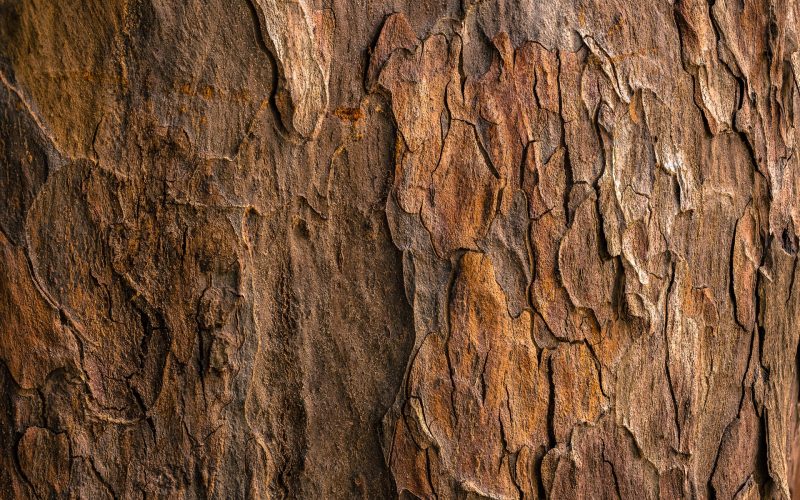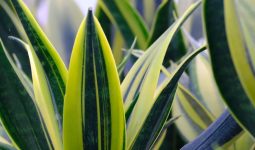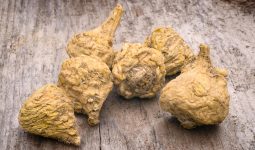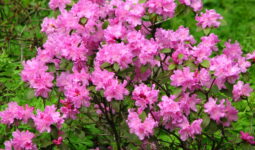The bark of a woody plant is the outermost covering of dead tissue that protects it from weather impacts.
Each tree’s bark has developed to adapt to the species’ environment flourishes. Bark has several advantages and disadvantages.
Betula nigra (river birch) essential oils impede the growth of nearby trees. However, bark exfoliation, for example, permits birches to shed the lichen and moss that grow on their trunks.
However, we will discuss the different types of tree bark in this article. Continue reading!
1. Wild Cherry Bark
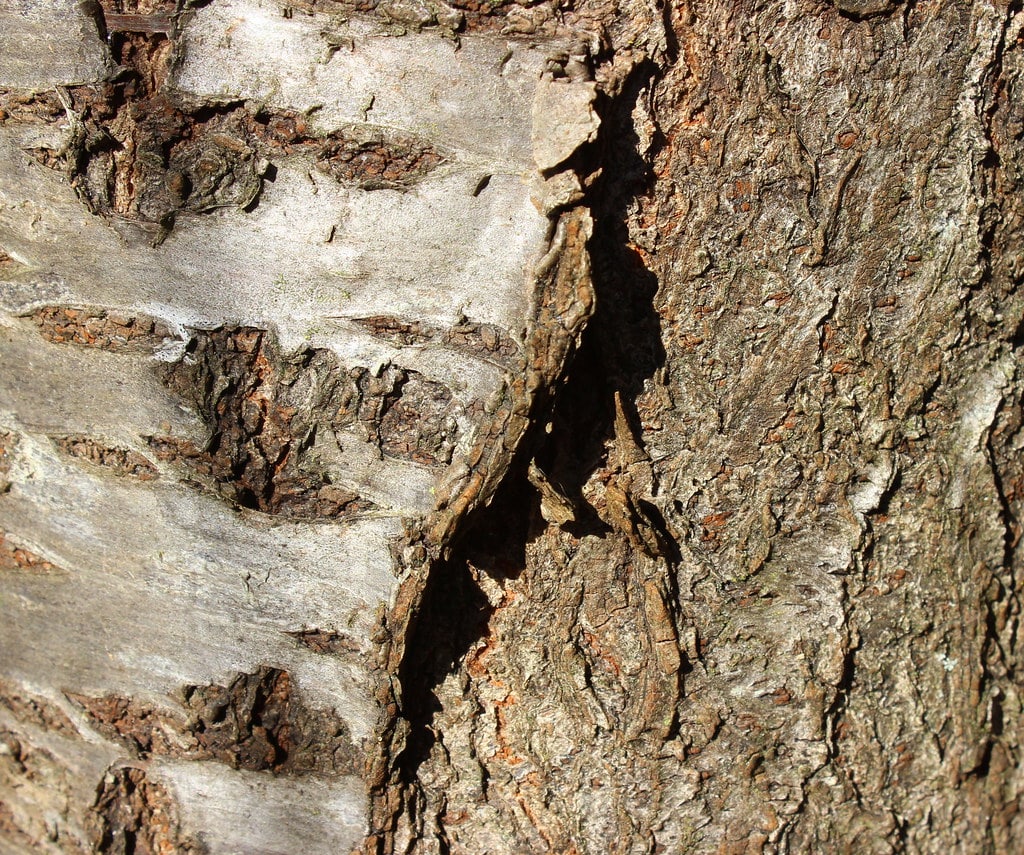
Wild cherry is a large tree that grows on woodlands in alkaline soil. Although wild cherry and other types of cherry have been planted for many years for ornamental purposes, they are not very common trees in Northern Ireland.
Since wild cherry has a tree, we can’t overlook its bark among the different types of tree bark.
The bark of a wild cherry tree is often reddish-brown and smooth. Horizontal bands may be present and can peel off.
Lenticels abound in the bark. These tiny pores in the bark allow cells beneath it to ‘breathe.
2. Aspen Bark
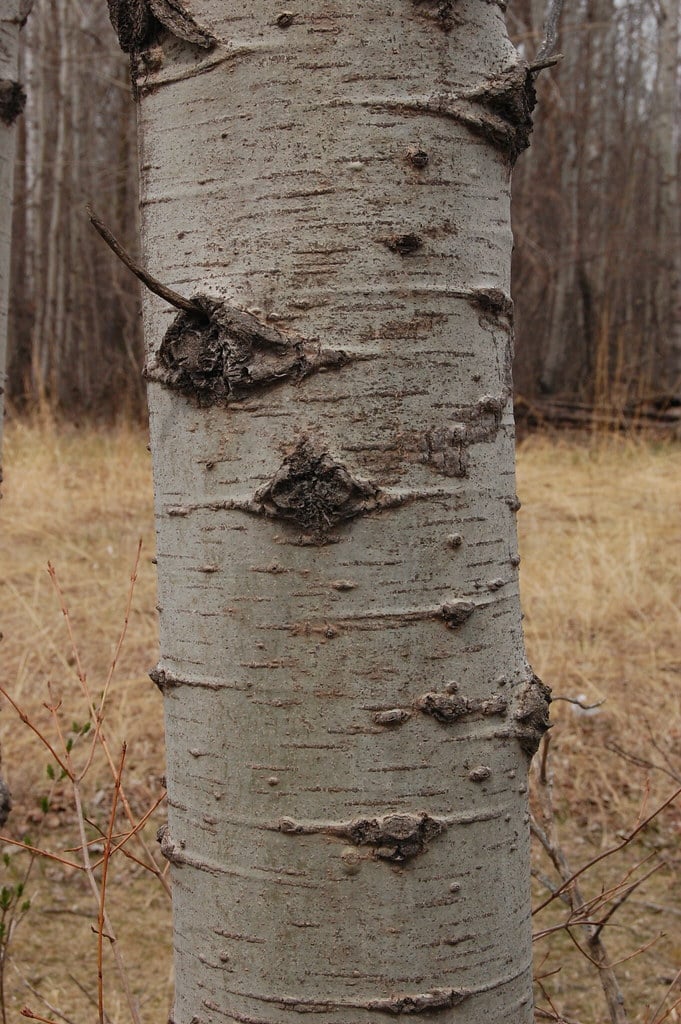
Since aspen has a tree, we can’t overlook its bark among the different types of tree bark. Aspen poplars are another name for aspen trees.
They have substantial round leaves, grow straight and tall, and create large stands in many regions where they are found.
While the bark of the largest quaking aspens becomes rugged and wrinkled with a gray hue, most trees develop a whitish-green color.
On mature bigtooth aspens, the bark darkens to a darker gray near the bottom of the trunk, with deep furrows. In addition, the bark is thin and has numerous black rough patches.
3. Ash Tree Bark
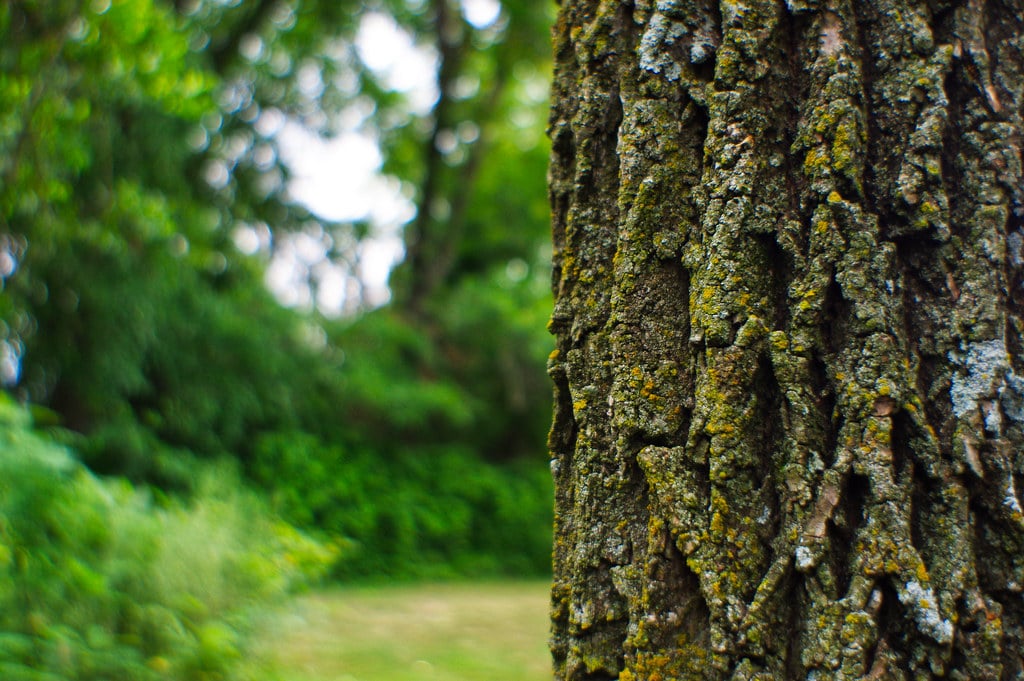
Since ash has a tree, we can’t overlook its bark among the different types of tree bark. An ash tree is a deciduous tree with complex leaves, winged fruits, and light solid wood that can be found throughout the northern hemisphere.
They are unique in that they can restore natural systems. In saplings, the ash tree bark is a smooth and pale grey.
Also, the bark develops shallow grooves, cracks, and bosses as it ages. The bark of mature trees (left) is taut and has a distinctive pattern of diamond-shaped ridges. The bark of young trees (right) is comparatively smooth.
4. Pedunculate Oak Tree Bark
Since pedunculate oak has a tree, we can’t overlook its bark among the different types of tree bark.
The Pedunculate Oak Tree is a beech and oak family flowering plant. Oak trees can live for more than 500 years.
Coppiced trees can live for up to 1000 years. Many old oak woodlands in Northern Ireland are protected to preserve this vital natural habitat for future generations.
The bark of young plants is smooth and shiny, ranging from brown to grey. With time, it darkens significantly.
As an oak grows, it produces two growth rings each year. One of them is the lighter springwood, and the timber in the summer is darker.
The rings reveal a tree’s age and provide information about the climate conditions during its growth.
5. Crack Willow Bark
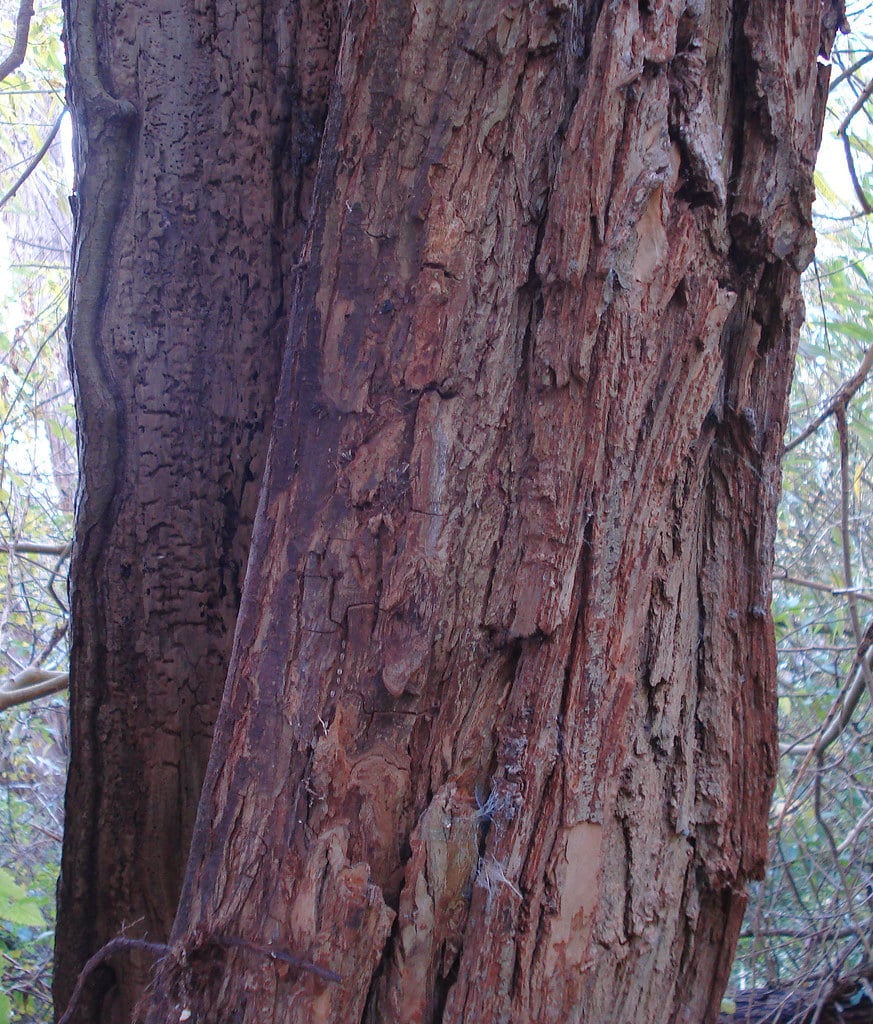
Since Crack Willow has a tree, we can’t overlook its bark among the different types of tree bark.
The Crack willow is a huge willow tree that grows along riverbanks, around lakes, and in wetland areas.
It strengthens the banks of rivers and dykes, and it’s frequently pollarded to allow light into the water.
Also, the twigs are slender, flexible, lustrous, and yellow-brown, and the bark is dark brown with deep fissures as it ages.
Willow bark has a similar effect as aspirin. People mostly use the bark to treat pain and fever.
However, there is no good scientific evidence that it is as effective as aspirin in treating these diseases.
6. Scots Pine Tree Bark
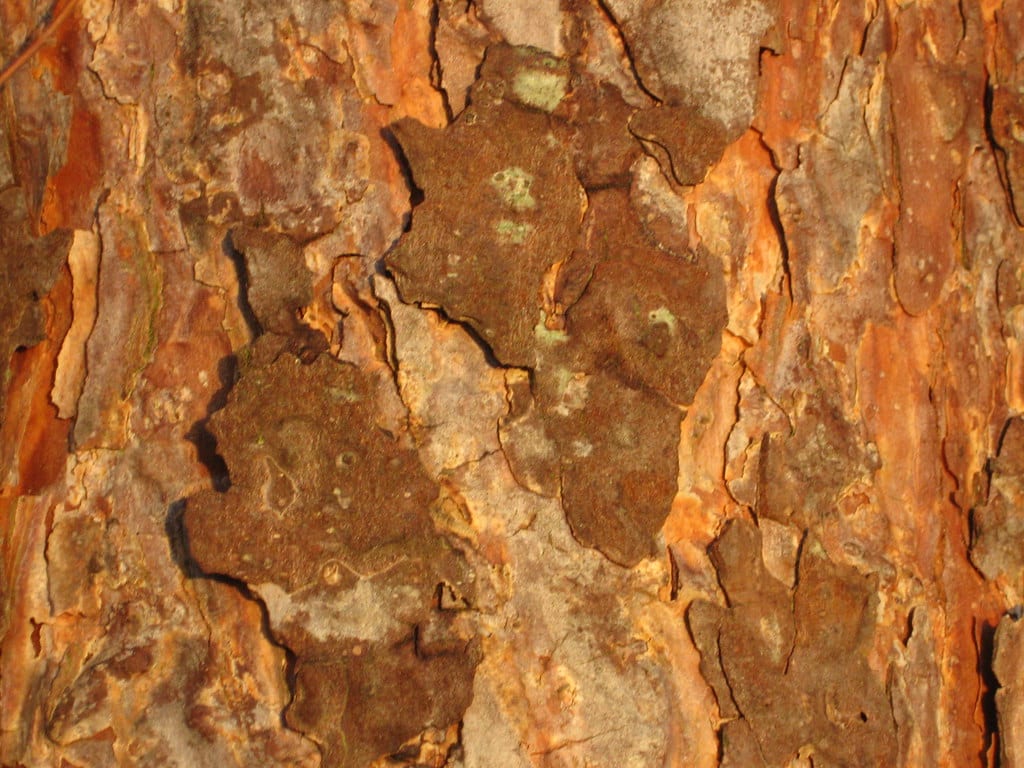
Scots pine is a giant conifer with an uneven crown and a crooked stem with scant branching.
Young trees have orange-red, papery bark that develops into scaly grey plates. The bark stays orange-red and papery on the higher sections of older trees.
However, on the lower trunks of older trees, the bark has grey scaly plates covering the orange-brown inner bark, visible through the gaps.
7. Silver Birch Bark
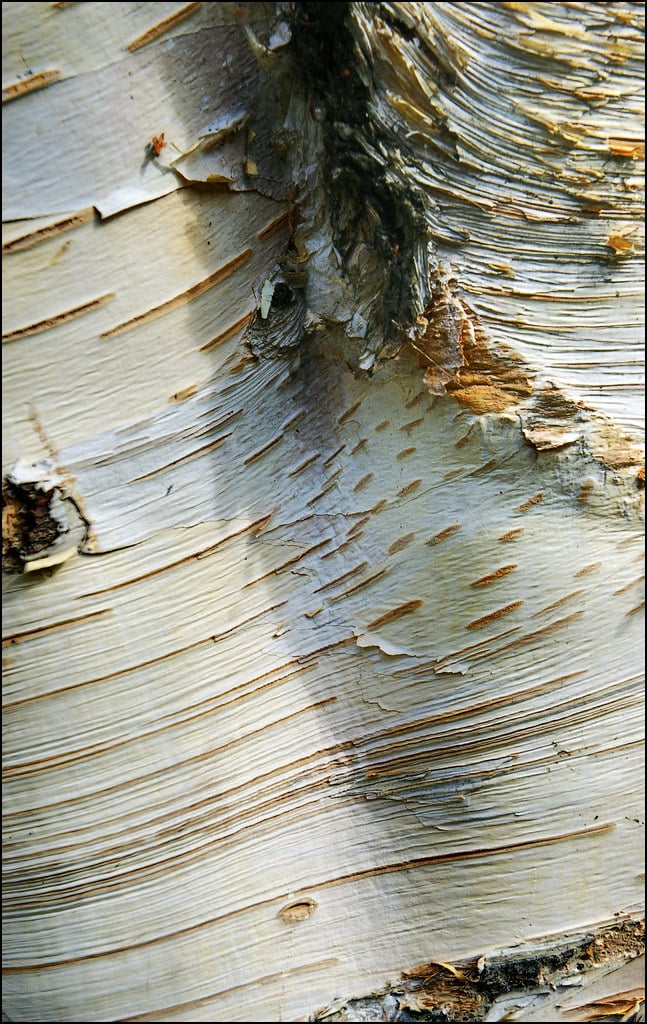
The silver birch is a medium-sized deciduous tree with white peeling bark on the trunk that gives it its name.
The bark is whiter than downy birch, with black cracks strewn about. Young twigs are usually covered in white ‘warts’ and rough textures.
Throughout history, people have used birch bark as a textile for clothing, shelter from the elements, and even the construction of lightweight canoes.
8. Black Poplar Tree Bark
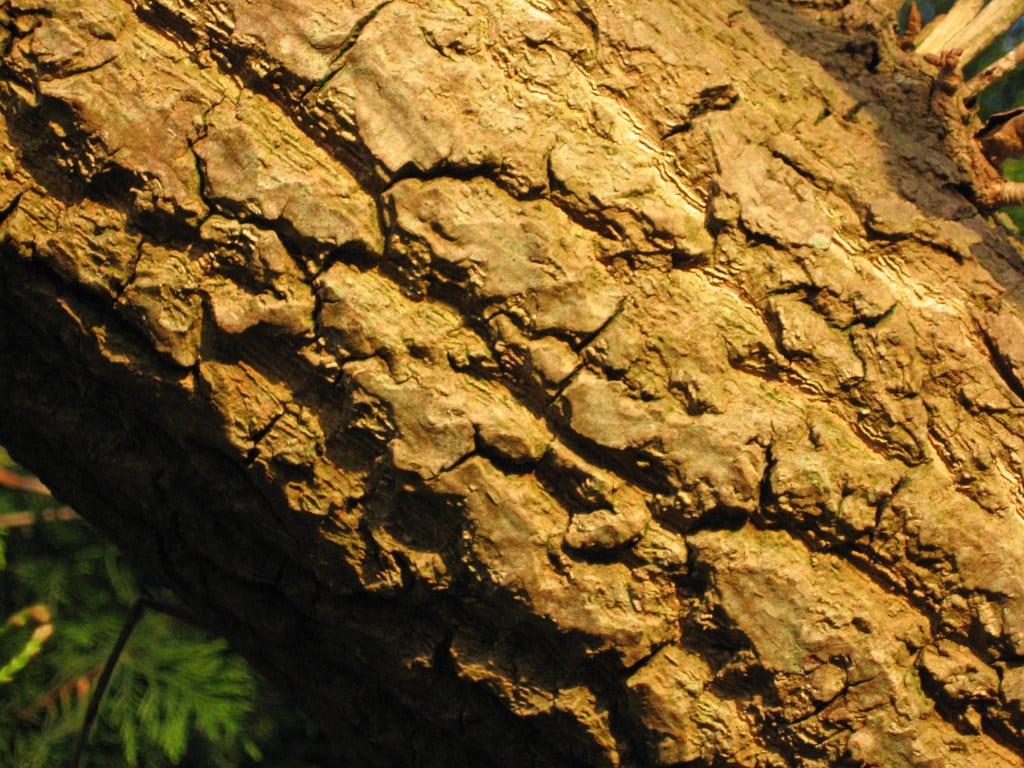
Since black poplar has a tree, we can’t overlook its bark among the different types of tree bark.
The black poplar is a sizeable European tree, and it is a deciduous tree that can spread by seed and is considered an invasive species in some sections of the United States.
However, the black poplar tree, which grows in various climates, has different distinguishing traits that people use to identify it.
In juvenile black poplar trees, the bark is smooth and bluish-green, maturing to a grey to brownish-black tint, thick, and with deep, irregular furrows.
9. Elder Tree Bark
The Elder tree is a small or large shrub that proliferates and adapts to many soil conditions. It is a fast-growing, adaptable small tree or large shrub.
This tree’s bark is a greyish-brown color. Lenticels, which are warts on the bark of young trees, are abundant in the early bark.
However, as the bark ages, it produces deep creases that are difficult to see.
The young branches are incredibly brittle and have a creamy-white pithy tissue that people can utilize to hold plant material if they wish to chop it into skinny slices before drying it.
10. Beech Tree Bark
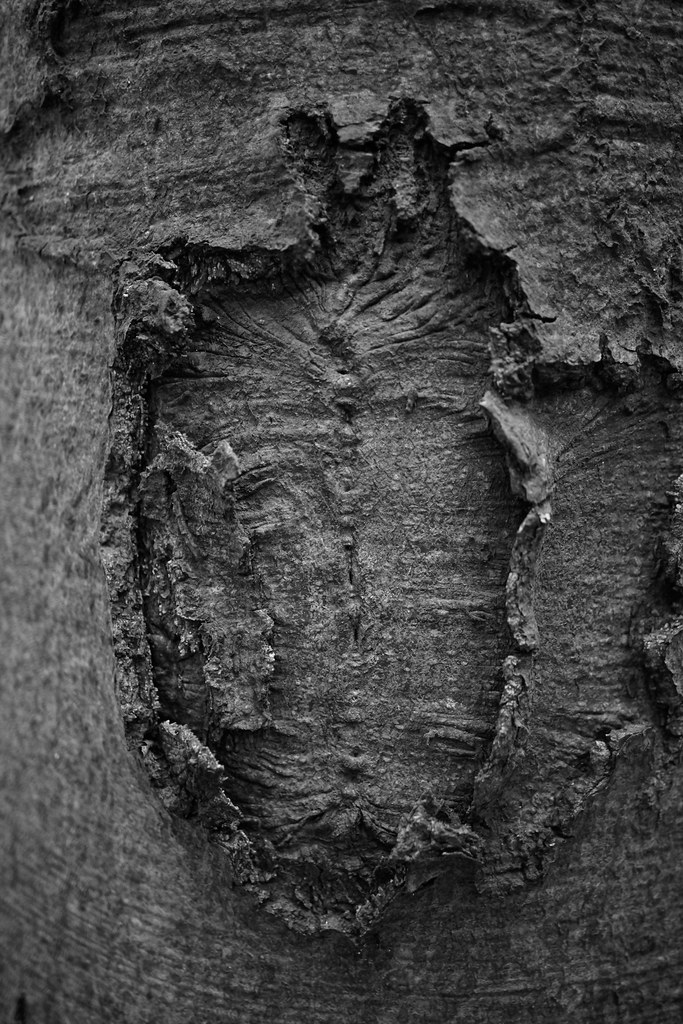
The light gray bark of the beech tree is tight, smooth, and skin-like. Instead of green, some beech trees have deep purple foliage.
Copper beech is the name given to them. Many species depend on beech trees for food and shelter.
Mice, voles, squirrels, and birds eat the seeds that grow on the bark, home to various lichens, fungi, and mosses.
Infected trees may also have tar marks, tiny red perithecia clusters, and dead bark patches.




